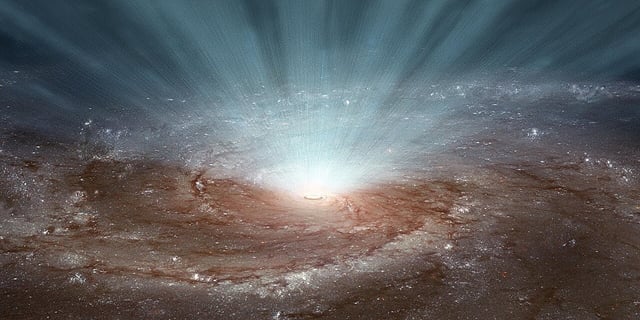Overview
- Astrophysicists at NTNU have developed a computational model identifying ultra-fast winds from supermassive black holes as potential accelerators of ultra-high-energy cosmic rays.
- The hypothesis, published in the Monthly Notices of the Royal Astronomical Society, aligns with observed cosmic ray compositions and energy levels up to 10^20 electron volts.
- These winds, traveling at up to half the speed of light, create shock fronts and magnetic fields that incrementally accelerate charged particles through diffusive shock mechanisms.
- The model uniquely explains certain chemical signatures in cosmic ray data that previous theories could not address, marking a significant step forward in solving this astrophysical mystery.
- Collaborations with neutrino observatories like IceCube are planned to empirically test this hypothesis, potentially confirming or refuting the role of black hole winds in cosmic ray acceleration.
